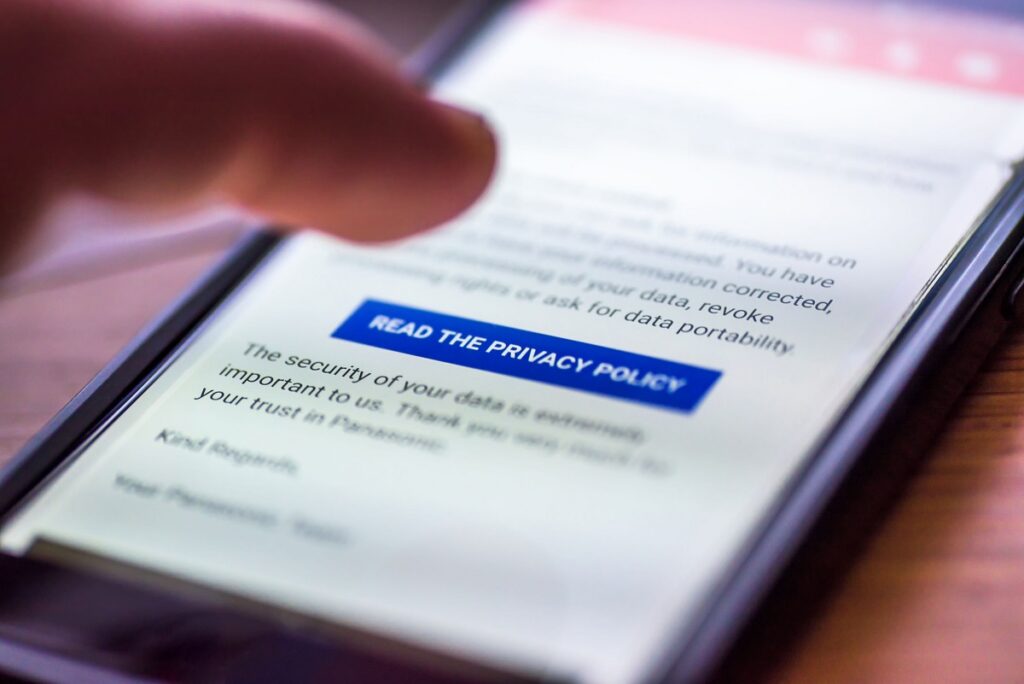If you operate in the insurTech space or any other industry within the greater digital transformation landscape, you have already learned that to drive performance – trust is a business imperative.
Unfortunately, trust can be difficult to attain in a digital world when the speed of innovation outpaces consumer awareness. It is absolutely essential to first strike a balance between the need to drive sales and building your brand properly through appropriate consumer education. The urgency to push new products and services through targeted ad placements and social media posts, without first properly educating consumers on your brand and mission, can and frequently does lead to distrust.
Though today’s digital-reliant consumer digests more advertisements than calories per day, consumers rarely trust them. KPMG’s Me, My Life, My Wallet found consumers had the least trust in advertising (26 percent), while healthcare (60 percent), technology (59 percent), and banking (51 percent) were ranked highest.
Given this data, it is obvious that today’s overwhelming culture of targeted, digital advertisements to promote emerging products and services, perpetuates an atmosphere of distrust. Perhaps having digital presence and clever ad-placement strategies alone are not the holy grail of customer engagement young startups believe them to be.
While some businesses can forgo trust in favor of convenience in the digital space, young insurTechs, IoT innovators, and other technology-driven companies at the forefront of the digital transformation landscape must achieve both to thrive in today’s digital-driven market.
Consumer skepticism vs. consumer awareness
Since consumers are having a hard time spotting the difference between targeted ads and genuinely valuable content being placed onto their screens, all types of digital content are questioned. Failure to strike this balance further promotes a continued lack of consumer awareness and adds to a growing sense of consumer skepticism.

Case in point: Less than one in four people fully understand the term Internet of Things (IoT), with almost 90% of survey participants concerned about privacy and their IoT devices.
This warrants the question whether targeted advertisements are as effective at driving consumer awareness as social media platforms would lead you to believe. Industry experts would argue that the spreading culture of targeted ads has triggered a growing consumer pain point – privacy.
When it comes to data, it’s personal
As privacy remains paramount with consumers, insurance organizations looking towards technology and IoT solutions to promote loss prevention and profitability, must foster digital trust for these innovations. It’s a matter of survival, and transparency is key. Despite having numerous IoT solutions available today designed to prevent losses or curb damages, such as automatic shut-off valves or other proptech gadgets, consumers remain skeptics due to lack of awareness and growing privacy concerns.
More than half of consumers want companies to provide more information on how their data is used and stored. Fifty-five percent want more security steps online, and 45% want companies to go insofar as to provide why they are requesting their information. A staggering 27% of consumers don’t completely understand how companies use their personal information.
In today’s digital world where large-scale hacks are routinely breaking news, consumers want more control over their personal data. Salesforce found 86% of consumers want more transparency from companies regarding their personal information and its use, but an unfortunate 61% believe they’ve lost control. Sixty-three percent believe companies aren’t transparent about how they use their personal information.

“Privacy is starting to collide with data ethics as organizations begin to explore if they should be using personal data and if so, how and for what?” says Mayuran Palanisamy, Privacy Lead for KPMG, in Building the trusted personal data compound. “It’s a new frontier which is going to strike hard at the bottom line for organizations that do not get it right.”
Turn transparency into (digital) trust
Few customers give companies a second chance. In fact, 65% of respondents would stop using a brand if it was dishonest on how it was using its data, but McKinley & Company found that half of their consumer respondents are more likely to trust a company that reacts quickly to a security breach and discloses the incident to those affected.
Thus, the more trustworthy and transparent a business is, the more likely consumers are to use it again and the lower its churn will be. (With high customer acquisition costs in the digital world, organizations need to become a trusted source to relay content and educate consumers effectively. This is critical to the overall business strategy and every organization’s sustainable growth.)
Trust inevitably leads to a more personalized customer experience and potentially, a more profitable one. Almost 7 out of 10 (69%) of consumers would share significant data about their health, exercise, and driving habits in exchange for lower prices from their insurers. More than three out of four consumers said they were more likely to make repeat purchases and recommend a brand that personalized their customer experience.
Perhaps most shocking is the consumer demand for a personalized customer experience. Seventy-one percent of consumers now expect personalization and 76% get frustrated when they don’t find it. Thus, insurance companies must accelerate their personalization initiatives and while also prioritizing customers’ privacy to drive profitable and sustainable growth.

High-performing organizations understand that to maximize a customer’s lifetime value and achieve trust with their consumers, they must go beyond transparency. They must use the data in service of the customer, and in the homeowners insurance field, this means generating value throughout a customer’s homeownership journey.
Instead of focusing on reaction, insurers can focus on prevention through tailored home recommendations and personalized home maintenance reminders. Future-focused insurers reduce their exposure to claims while also strengthening their relationships with policyholders, which will in turn increase the digital trust their clients have for them.

